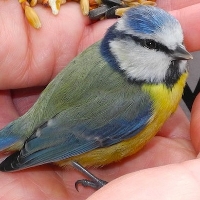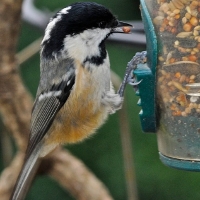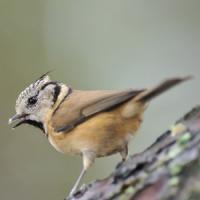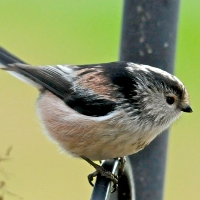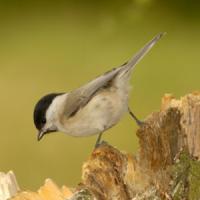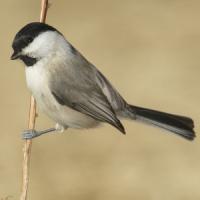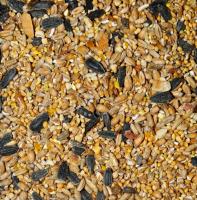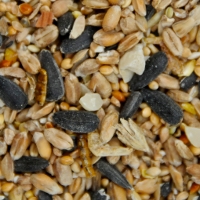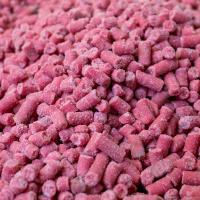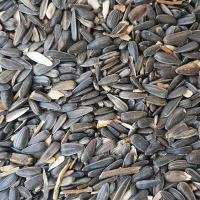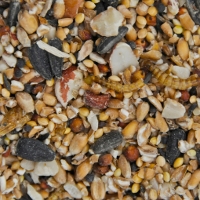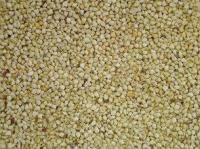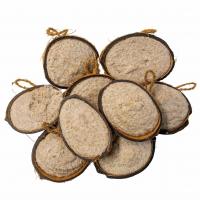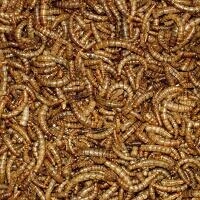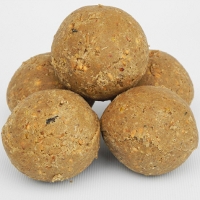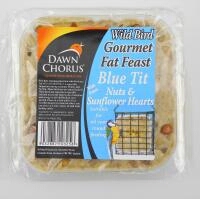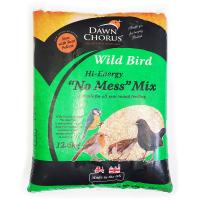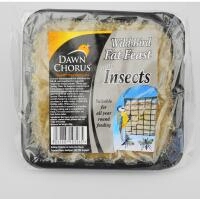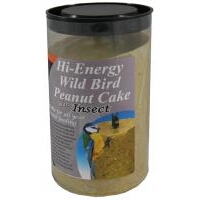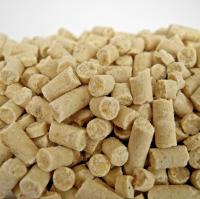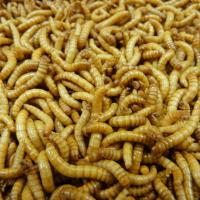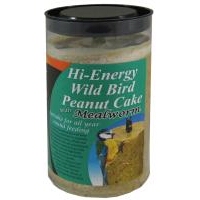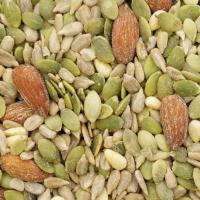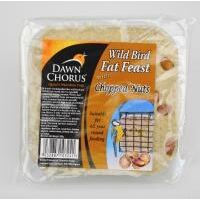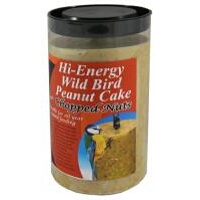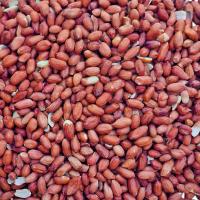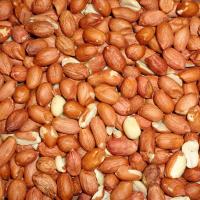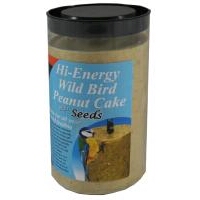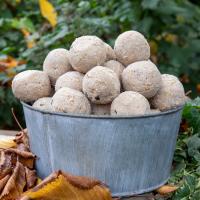- Home
- FAQs
- Customer Video Gallery
- Customer Photo Gallery
- Bird Facts
- Bird Food Blog
- Bird Information
- Feeding Advice
- Small Animal Information
- A to Z of Guinea Pigs
- A to Z of Hamsters
- A to Z of Rabbits
- Basic Care for Guinea Pigs
- Basic Care for Hamsters
- Basic Care for Rabbits
- Basic care for Chinchillas
- Basic care for Ferrets
- Basic care for Gerbils
- Basic care for Mice
- Basic care for Rats
- Buying a Healthy Small Animal
- Does your Reptile need a Licence
- Equipment for Ferrets
- Equipment for Hamsters
- Equipment for Mice
- Equipment for your Chinchilla
- Equipment for your Gerbil
- Equipment for your Guinea Pig
- Equipment for your Rabbit
- Keeping a House Rabbit
- Dog Information
- Cat Information
- Customer Information
- Fat Balls
- Suet Pellets
- Straights
- Seed Mixes
- Suet Treats
- Mealworms
- Bird Feeders
- My Account
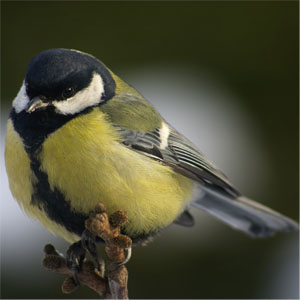
| Scientific Name | Parus major |
| Breeding | April |
| Fledge Days | 18-21 |
| Incubation Days | 13-15 |
| Lifespan | 3 years |
| Number of Clutches | 1-2 |
| Number of Eggs | 7-9 |
| Size | 14cm |
| Weight | 14 - 22g |
| Wingspan | 22.5 - 25.5cm |
Bird Family : Tits
Great Tit Facts - Information About Great Tit
Great Tit - Parus Major
The Great Tit is the largest member of the Tit family in the UK. It is common and widespread, a regular and well known bird of the garden. There are six other regular Tit species in the UK including the Scottish speciality…the Crested Tit which is restricted to the Caledonian Forests of Northern Scotland.
The Great Tit is the largest member of the Tit family in the UK. It is common and widespread, a regular and well known bird of the garden. There are six other regular Tit species in the UK including the Scottish speciality…the Crested Tit which is restricted to the Caledonian Forests of Northern Scotland.
Identification:
Adult
- The Great Tit is a well known and easily identifiable British breeding bird, sexes are very similar.
- Tits are small birds ranging from 10cm (CoaTit) up to 15cm (Great Tit)
- Tits are common garden birds and will visit garden feeders regularly throughout the year.
- Adult Great Tits are striking little birds.
- Tail and wings are a pale bluey grey, tail has white outer tail feathers and the wing shows a single white wingbar.
- The back and mantle is a greeny grey colour.
- The head is black, often glossy in males, with large white cheek patches.
- The black of the head continues onto the throat and runs all the way down the centre of the breast and belly in a continuous stripe which reaches the undertail coverts.
- Either side of this the breast is bright lemon yellow, the undertail is white.
In females the black breast stripe is narrower and the yellow breast sides not as bright. - The bill is black, quite long (for a tit) and strong, legs are dark grey and sturdy, eyes black.
Juvenile
- Juveniles appear from the end of April onwards and look like a washed out adult.
- The young birds lack the strong colours of the adults and look predominantly creamy dull yellow.
- The youngsters lack the adults black breast stripe and the large cheek patches are yellowish instead of white.
- The head is a dull black and the upperparts, back and mantle are dull greeny brown, the wingbar is yellowish.
- Breast and belly is dull washed out yellow.
- Bill and eye black, legs dark.
Status and Distribution
The Great Tit is a very abundant breeding resident in the UK with over 2 million pairs.
The Great Tit occurs in all counties throughout the UK and Ireland. Great Tits are happy to nest in manmade nest boxes, these should be placed 2-4 metres up and facing North / East. This will protect overheating from direct sunlight from and the rain that predominately comes from the West.
Habitat/Food
Great Tits occur in all habitat types throughout the UK, woodlands, parks, gardens, farmland, hedgerows indeed any open country habitat with suitable scrub.
In the garden Great Tits love Peanuts, Insects, Seed Mixes, Mealworms, Suet and Fat Balls , they are not to fussy and will happily take whatever is on the Bird Table.
Song/Call
Great Tits have a huge vocabulary of call notes; most often Chaffinch like ‘ pink pink’ and a melodic happy ‘su suti su suti ‘ . Song is a loud repeated ‘tea-char…. tea-char…. tea-char….’ second syllable lower in tone than the first.
The following food is favoured by Great Tit





